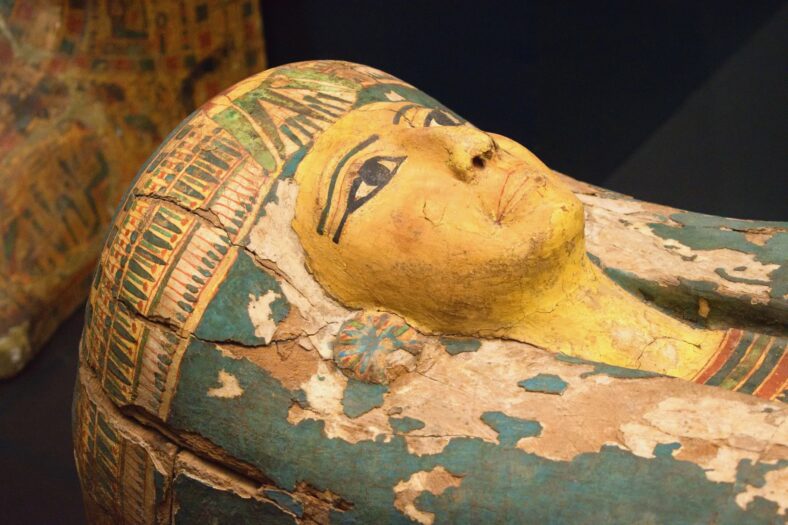Ancient Egyptian Mummies Actually Smell Delightful, With Woody, Spicy, And Floral Aromas Still Clinging To Them After Thousands Of Years

The scents wafting off an ancient corpse do not seem like they would smell all that pleasant. But researchers got a whiff of well-preserved Egyptian mummies and discovered that they actually have somewhat delightful odors.
In a new study, a team of researchers analyzed the scents of nine human mummies as old as 5,000 years from the collections at the Egyptian Museum of Cairo.
They detected woody, spicy, and herbal aromas. Many of the mummies also had floral notes. Others gave off hints of smoke, dust, mold, and other odors.
“In films and books, terrible things happen to those who smell mummified bodies,” said Cecilia Bembibre, the director of research at University College London’s Institute for Sustainable Heritage.
“We were surprised at the pleasantness of them.”
The team used chemical analysis and human sniffers to evaluate the odors. It is the first time that a systematic study of this kind has been conducted on multiple Egyptian mummies from a range of time periods.
For a long time, the smell of mummies has been a subject of fascination among the public and researchers alike.
The remains span from the New Kingdom in the second millennium B.C.E., the height of mummification practice, to the late Roman period in the third and fourth centuries C.E., when mummification’s popularity was in decline.
The aromas tell stories about the lives of these mummies. Scent was an important part of the mummification process.

Sign up for Chip Chick’s newsletter and get stories like this delivered to your inbox.
Oils, balms, and waxes were used to preserve the body and its spirit for the afterlife. The practice was mainly restricted to pharaohs and members of nobility.
Pleasant smells were linked to purity and deities, while bad odors were associated with decay and corruption. The research team did not collect samples from the actual mummies themselves because that would be invasive.
Instead, they removed trace residues from ceramic vessels, embalming materials, or other products used to conserve the remains, as well as from deterioration due to bacteria, mold, or microorganisms.
Then, they analyzed the residues for markers of different plants and ingredients, like cedar oil or myrrh, by using technical instruments to measure the air molecules coming from the sarcophagi.
“We were quite worried that we might find notes or hints of decaying bodies, which wasn’t the case,” said Matjia Strlič, a chemistry professor at the University of Ljubljana.
“We were specifically worried that there might be indications of microbial degradation, but that was not the case, which means that the environment in this museum is actually quite good in terms of preservation.”
The odor of mold in a mummy could mean that fungi are growing deep within its wrappings before showing up on the body’s surface.
Some of the mummies contained a compound called nonanal, which smelled like a mix of wax and orange peel.
The aroma could have come from the initial mummification process, or it could be the result of biodegradation.
The information gathered from this study may be used to better protect ancient bodies in the future. Overall, the mummies that were analyzed had warmer, softer, and earthier scents.
The team is now working on recreating the mummy scents so that museum visitors have a chance to experience the aromas.
The study was published in the Journal of the American Chemical Society.
More About:News





